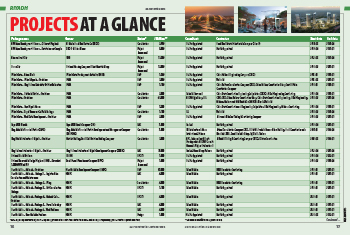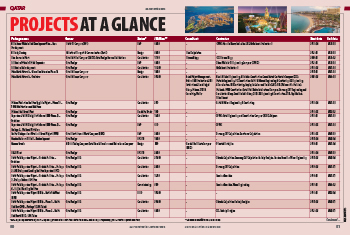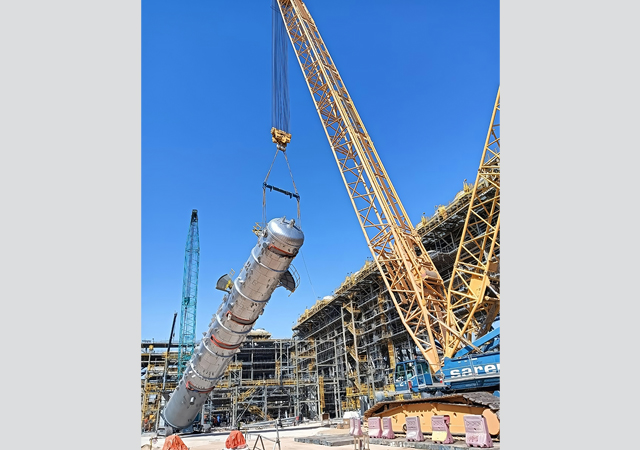
 Jordan ... avoid satellite arguments about whether a dispute has arisen.
Jordan ... avoid satellite arguments about whether a dispute has arisen.
Can you have a dispute about whether a dispute exists? Yes! These disputes come up a lot and, in my view, will come up more often in the future because of the way modern construction contracts are written.
Construction contracts usually contain mandatory steps before a claim or issue can be referred to dispute resolution through the courts or arbitration. At the least, there will be a contract administrator’s award or determination, also escalation of issues to a steering committee and/or to senior managers. Some contracts require all disputes to be subject to adjudication by independent appointees. Failure to properly “mature” a dispute in the prescribed ways will inevitably result in the responding party applying to strike out the litigation or arbitration proceedings.
Separately, it is increasingly common to see contracts which require every dispute (as a precondition to a party’s entitlement to pursue it) to have been notified and brought into a formal process within a certain time of it having arisen.
I guess I should welcome more disputes however, in reality, parties should do what they can to avoid satellite arguments about whether a dispute has arisen. This is an avoidable problem that only delays and distracts from the real task of settling a party’s substantive entitlement, relief, liability or whatever, through dispute resolution – if that is the only way to get it settled.
So, for these reasons, parties need to be able to identify that a dispute has arisen, precisely what it is about and when it arose. Common sense tells us that it should be obvious when parties are at odds and when that difference arose. After all, the dictionary definition is simply “an argument or disagreement”. But this is often not as simple as it looks, especially when we ask whether the following situations indicate a dispute:
• A party decides, without saying so, that it disagrees with the other party’s position;
• A party remains silent when invited to agree the other party’s position;
• A party asks for clarification about the other party’s position; or
• A party can neither agree nor disagree with the other party’s position.
These are only some potential factors in identifying a dispute where the parties are not openly having an “argument or disagreement”. The English High Court recently revisited the issue in a case (Sitol Ltd Versus Finegold) involving a contractor’s reference of a dispute to adjudication (on an unpaid invoice) which the defendants contended was referred after expiry of a contractual deadline. The contract allowed disputes to be referred to adjudication only if this step was taken within four weeks of the referring party “becoming aware” of the dispute.
In looking at the exchanges between the parties, the court noted that the question requires examination of all the circumstances that might indicate that a dispute has arisen. For instance, the making a claim is not itself a dispute. Equally, a party asking for clarification or evidence of the other party’s position does not mean that the party asking the question is unsure: they may already have rejected the claim.
Uncertainty on this question stems from lack of communication. This situation is sometimes engineered by an employer or contract administrator refusing to respond to a claim, in order to frustrate the formation of a clear dispute.
One way to avoid “no dispute” arguments is to force the parties to arrive at a position on a given question and to communicate it. The Fidic Second Edition (2017) main contracts address this by imposing a timetabled procedure for any claim or other question to be raised and responded to. Once a “claim” (essentially a time or price adjustment claim) or a “matter” (any other issue raised for agreement or determination) has been raised, the parties have 42 days to consult on it. If they do not manage to agree it, the employer (or employer’s representative) has a further 42 days to issue a determination. If he fails to do that within this period, then:
• If it concerns a claim, it is deemed to have been rejected and either party can issue a Notice of Dissatisfaction as a step towards referral of the claim to adjudication; or
• If it concerns a “matter”, that matter is deemed to be a dispute which can be referred straight to adjudication.
Although these periods (totalling 84 days) tend to be unacceptably long for parties in the Gulf region, these provisions give important certainty to any party (usually the contractor) which needs to press its claims to a conclusion. The Fidic process aims to enable those claims to be converted into disputes without generating separate arguments about whether a dispute exists.
* Stuart Jordan is a partner in the Global Projects group of Baker Botts, a leading international law firm. Jordan’s practice focuses on the oil, gas, power, transport, petrochemical, nuclear and construction industries. He has extensive experience in the Middle East, Russia and the UK.
















.jpg)




















































.jpg)




.jpg)





